
A survey is a process of listening
For most of your time at the Whitney Biennial, you will be asked to look. Our program asks you to listen, and to think about how we listen, with whom and to what.
A performative survey of listening, as we managed to find it being used as a tool in different practices, disciplines and communities in North America (music, poetry, film, philosophy, activism…). A set of performances that demonstrate how listening can be used to consider history, language, space, liberty, politics… A week long program of events at the 2012 Whitney Biennial.
ReadOften today, listening is reduced to our experience of what we hear: we might call this an aesthetic experience. We would like to focus on other equally important but often less considered aspects of listening – how we hear, with whom, and how this causes us to think: what you might call the social, political, philosophical or cognitive experience of listening.
And so we’ve undertaken a brief survey of some of the different registers of listening evident to us in North America, as practiced by musicians, artists, filmmakers, activists and philosophers. Each of the performances, talks, investigations, installations or publications you will find in our program concern many things: but each also exemplifies a different mode of listening, made evident by a key informant in our survey – someone from a specific community, illuminating a way of listening in a particular context. You are hereby invited to consider these modes of listening, how they cause us to think, and how they might engage with our own lives, experiences and situations.
A Survey is a Process of Listening
Basis on which we have undertaken our survey…
1. Identify multiple different modes of listening as present in North American (artistic) practices.
2. Collective, political, philosophical positions which are then embodied aesthetically, and with which we have sympathy should be given prominence. I.e.: the criteria for selection should not in the first instance be aesthetic.
3. Identify a key informant within the community that practices that mode of listening: someone who can conceptualise, demonstrate and reflect upon that practice.
4. Work with that informant to present a durational, collective experience of that mode of listening (either with them or with others they introduce us to).
5. Try not to engage: instead, try to be involved with people in the durational experience of, and where appropriate reflection upon, different modes of listening. The ways in which this is done and the demands on the audience should vary over the week:
a. From simply sharing a collective listening experience, to;
b. More in-depth reflection upon or codifying of responses to that experience.
6. Pay artists for their labor. In addition to travel, accommodation and production costs; a day rate should be paid, calculated as follows:
a. US National Average [annual] Wage Indexing Series – $41,673
b. Work Days / Year – 252
c. Day Rate = (a) / (b) = $165/ day
d. Pay for preparation and performance days. (Due to limited budget, programme may need to incl. existing work that requires minimal preparation)
Index…
Some modes of listening present over the week include:
Allegorical – to embody an idea in/ of listening
Anarchism – to listen as a practice of liberty, (first individual and then social)
Blackout – to create a momentary gap, in which to listen: clear of consciousness and decision-making
Collective – to be together (listening)
Cosmic Pessimism – to hear the disharmony of the world
Cultural Memory – to hear the echo of history within ourselves
De-control – to hear an abandonment of order
Ekphrasis – to hear something described
Freedom – to ask: what is the sound of freedom?
Imaginary – to hear a sound, imagine its context and relate it to our own, or indeed to imagine a sound in a new context
Labor and Endurance – to hear the body, at work
Organized – the practice of listening as a form of (political) organizing
Quotidian – to listen to the sonic figures of everyday life
Sociological – to listen through urbanism, popular cultures and histories
Spatial – to spend time and embody space, with sound
Speech Act – to address someone, (and to imagine how they hear you)
Spontaneity Vs. Determination – to listen at the border between lived (improvised) time and planned (composed) time
Textual – a catalogue of techniques for literary listening: Affinity, Dialect, Deposition, Ecouterism, Phatics….
Typical – to listen to typical characters in a typical situation
Programme Events
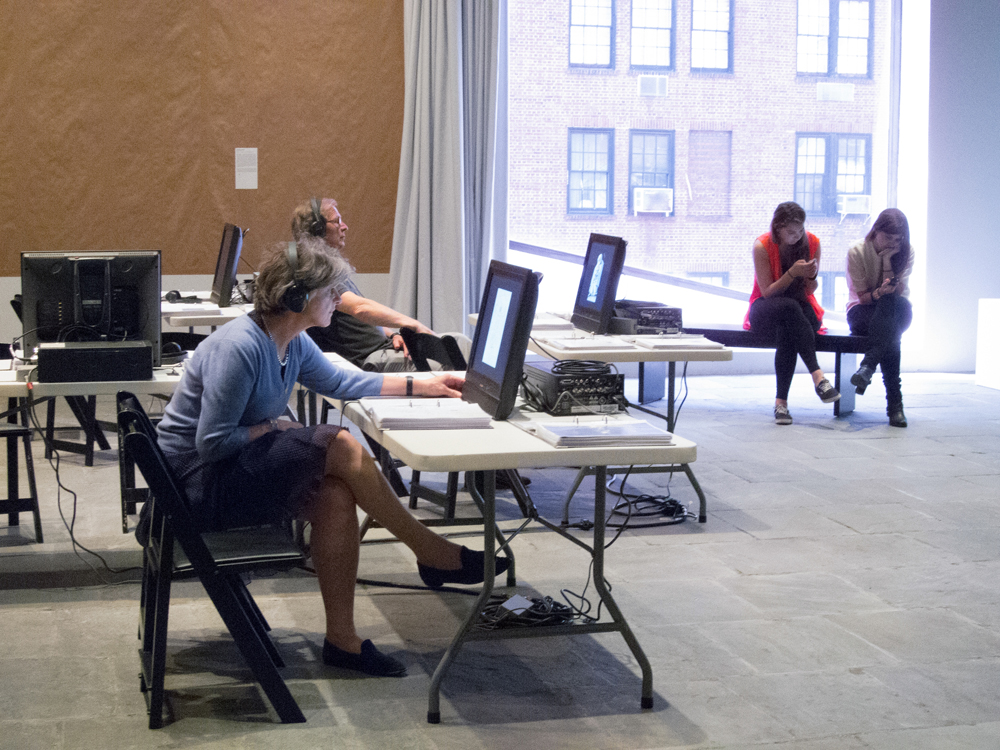
Temporary outpost for an auditory figure
Brandon LaBelle
A temporary archive and research space tracing the ways in which sound and audition move through everyday life.
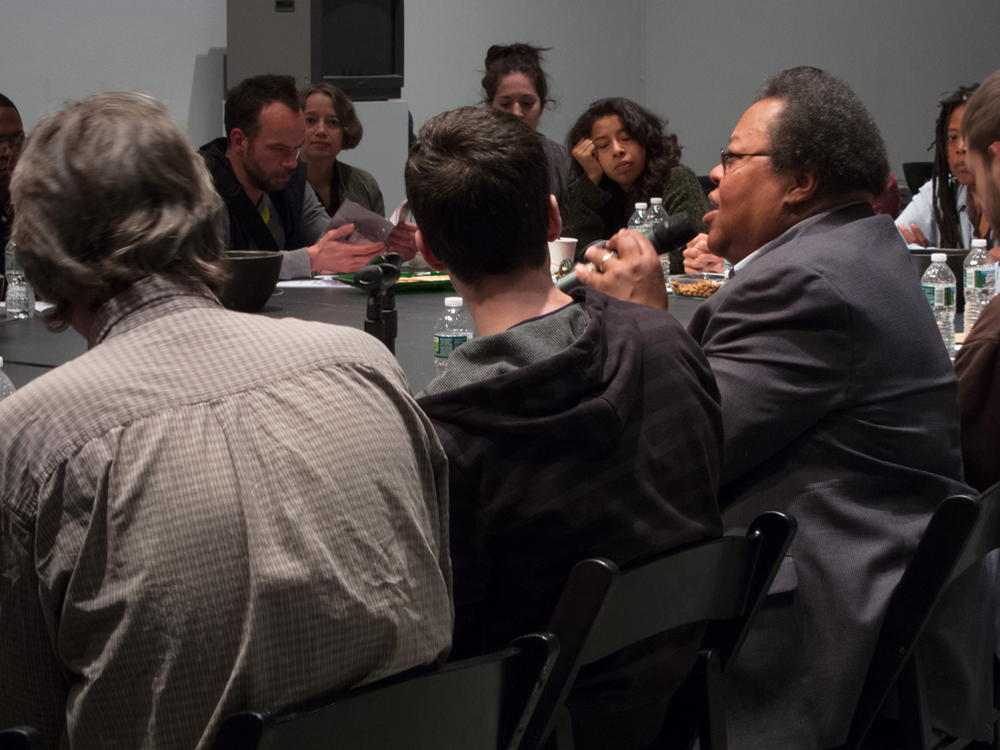
What is the Sound of Freedom?
Ultra-red George Lewis
For day one of Ultra-red’s project, the investigation will take up protocols for listening to the sound of freedom composed and facilitated by George E. Lewis.

Wallingford Food Bank
Christopher DeLaurenti
A testimony to poverty from Chris’s own experiences, and an invitation to engage with an all too typical situation and context through a kind of imaginary listening.
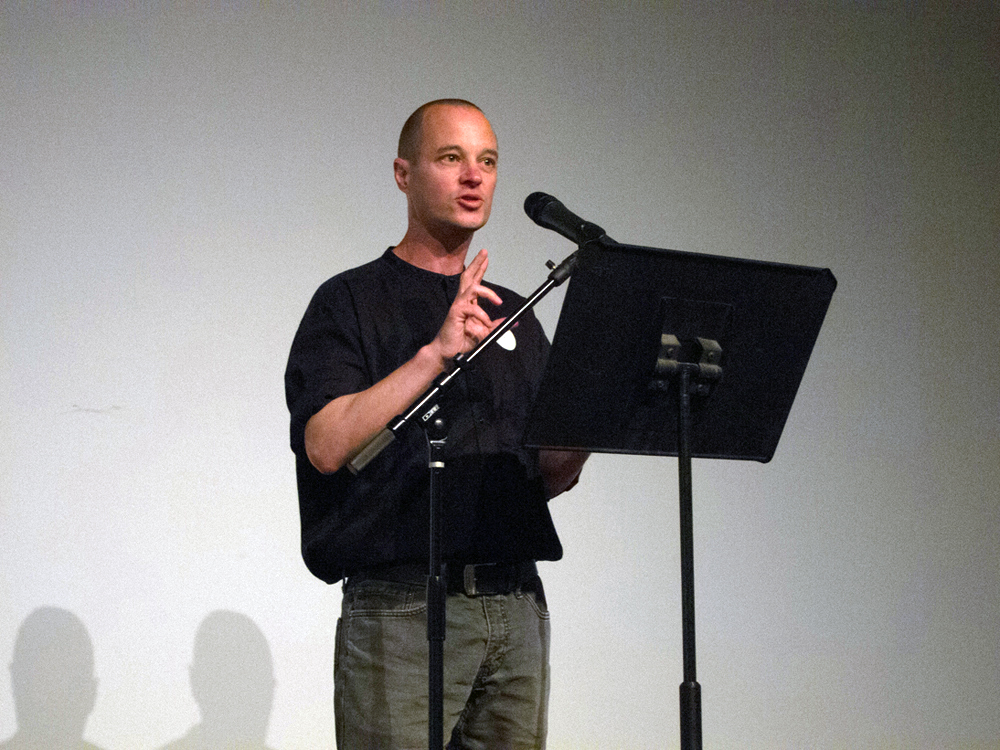
A Handbook of Protocols for Literary Listening
Craig Dworkin Vanessa Place
Craig will give a guided reading of his handbook of exemplary instances of literary listening and will be joined by one of the selected authors, Vanessa Place.
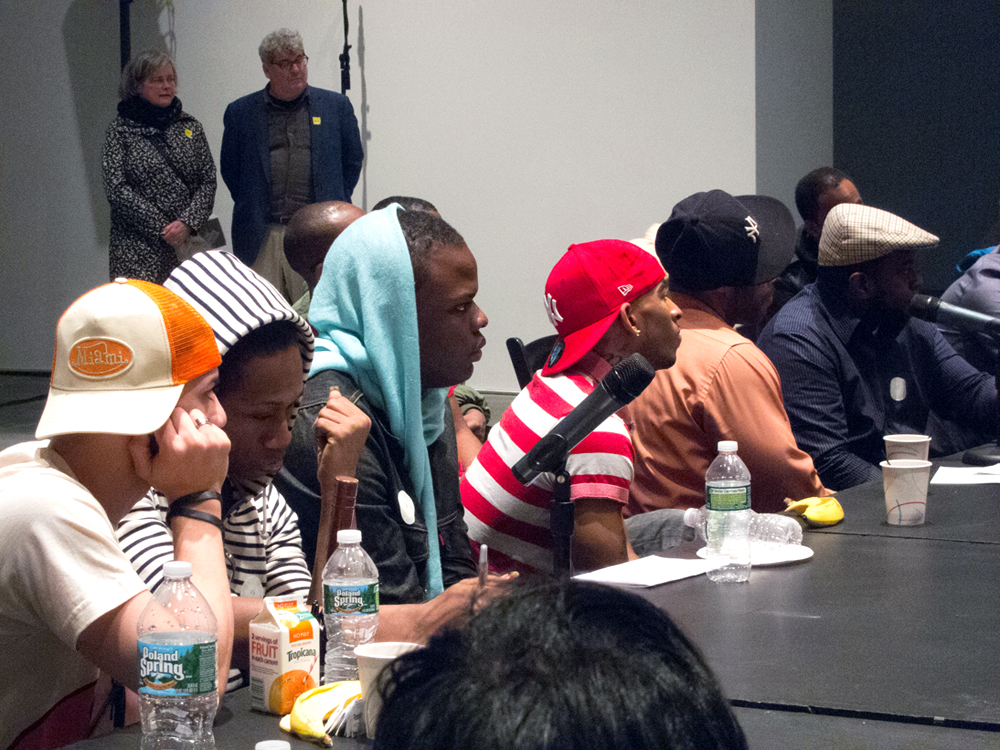
What is the Sound of Freedom?
Ultra-red Vogue’ology
For day two of Ultra-red’s project, the investigation will take up protocols for listening to the sound of freedom composed and facilitated by the Vogue’ology collective.

Hit Parade (New York)
Christof Migone
Sound as it is endured by space and the body: 15 participants lie face down and pound the floor with a microphone one thousand times, each person choosing their own rhythm and intensity.

The Indivisible or Inadmissable Committee
When one calls a strike, who hears the call, who attunes and listens to it? How to listen to the call of a strike? What prevents one from hearing this call or stops one from listening to it?

What is the Sound of Freedom?
Nancy Nevárez Ultra-red
For day three of Ultra-red’s project, the investigation will take up protocols for listening to the sound of freedom composed and facilitated by Nancy Nevárez.

Is a survey a process of listening?
Barry Esson Jay Sanders
A short chat about what we (Arika) might be trying to do with our program for the Biennial.
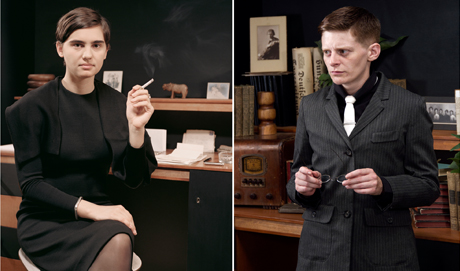
Comrades of Time
Andrea Geyer
Seven women recite monologues composed from texts from the vibrant years of the Weimar Republic. A kind of cultural echo: an experience of histories brought to the present.
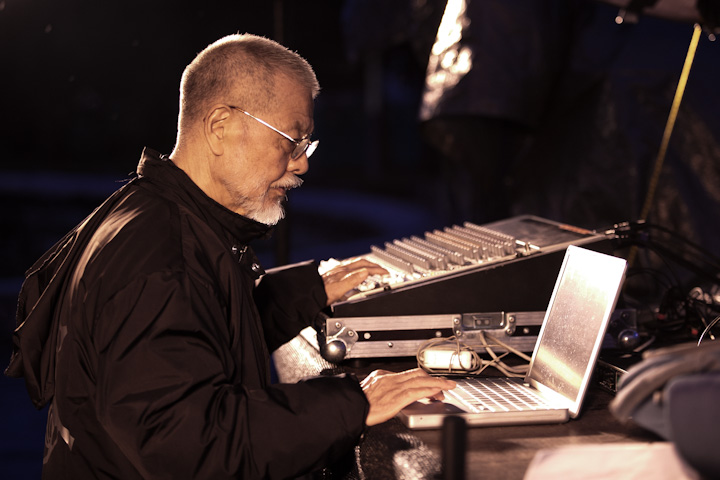
Paramedia
Yasunao Tone
A dense, hard, immersive, chaotic spatial performance in sound: a momentary gap in consciousness, free of order or decision.

What is the Sound of Freedom?
Fred Moten Ultra-red
For day four of Ultra-red’s project, the investigation will take up protocols for listening to the sound of freedom composed and facilitated by Fred Moten.

Sean Meehan
Sean Meehan
Percussion used to explore the social construction of space

Cosmic Pessimism
Eugene Thacker
A performed lecture concerned with Renaissance occult (musical) thinkers of the cosmic who put forward the notion of the “disharmony of the world”
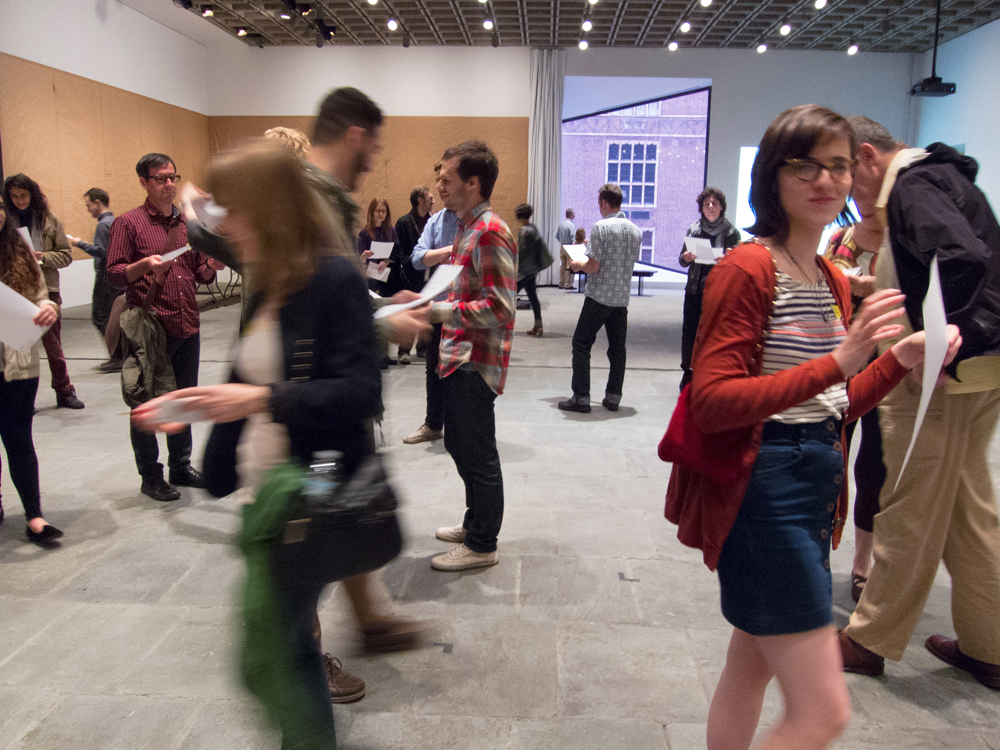
In Passing
Brandon LaBelle
A silent performance of (musical) reverberation.
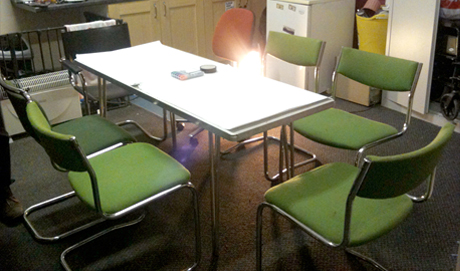
What is the Sound of Freedom?
Ultra-red
For day five of Ultra-red’s project, the investigation will review the previous work undertaken together, and perhaps draw up a summary of reflections and pose some future questions.
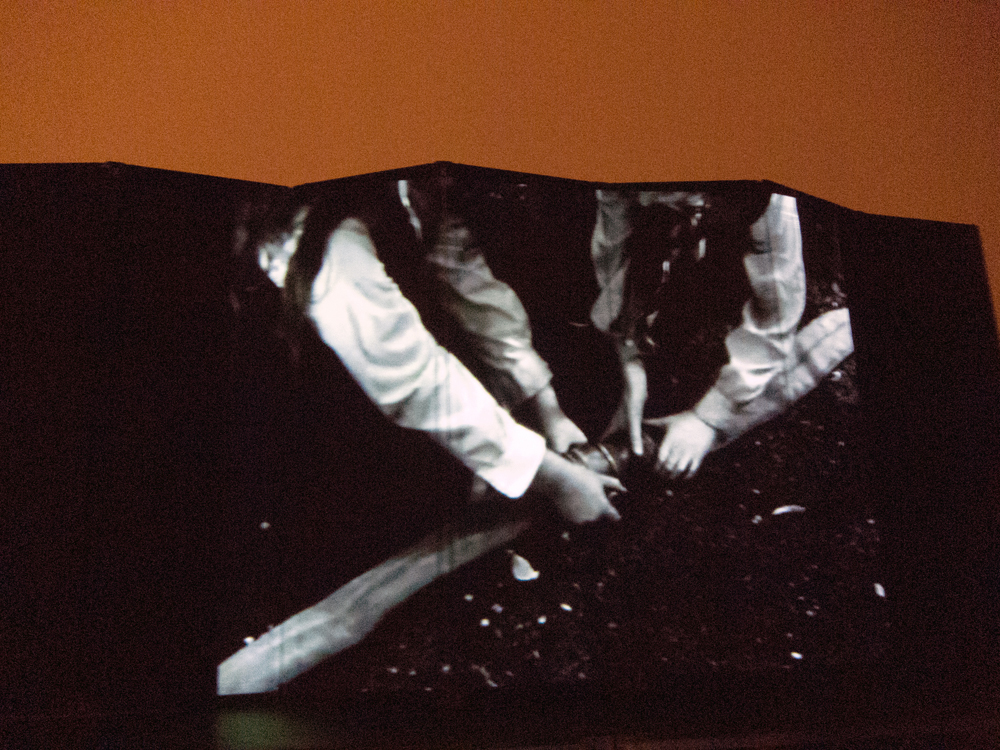
Dr. Mabuse dispassionately recites communist theory over found footage of riots
Evan Calder Williams
A bodiless treatise on narration, bored speakers, audience misbehaviour and police megaphones, but: is anybody listening?
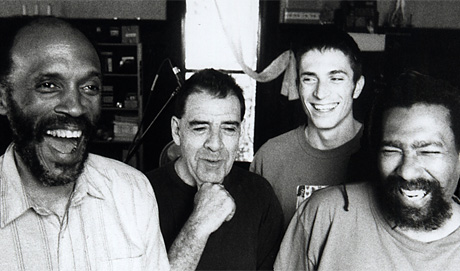
TEST featuring Fred Moten
Daniel Carter Matt Heyner Sabir Mateen Tom Bruno Fred Moten
TEST is a collective creative improvising quartet based out of the NYC Underground (figuratively and literally). Their street-hardened, spatial Jazz is riotous and intense: is also makes us think about collective organization, and different ideas of responsibility and liberty.